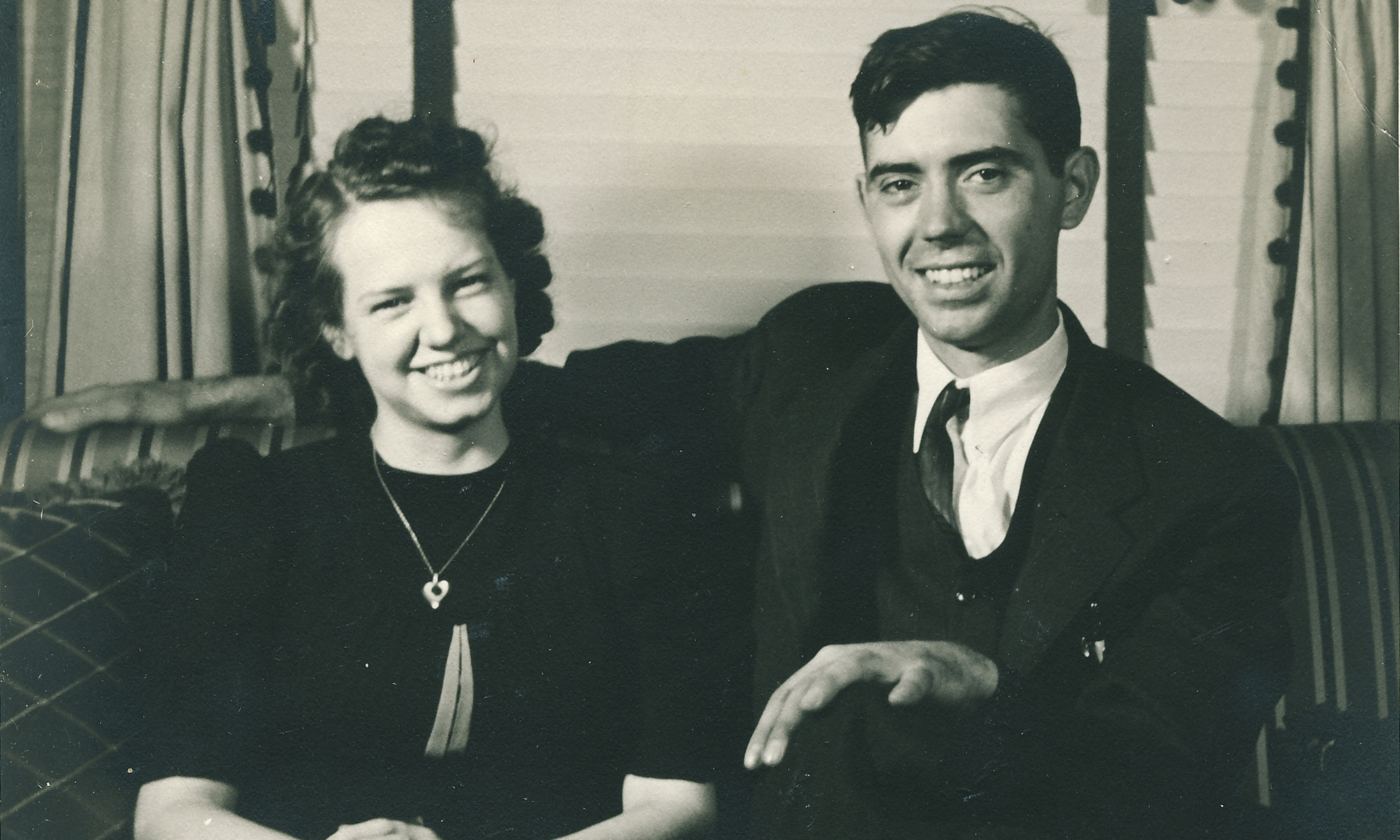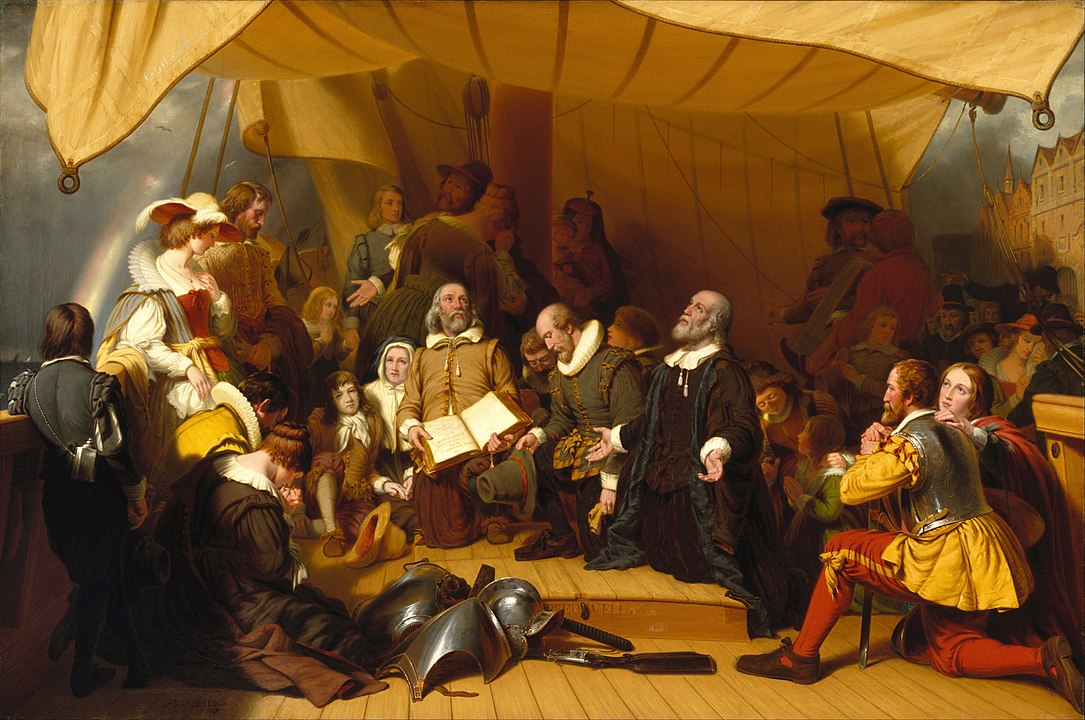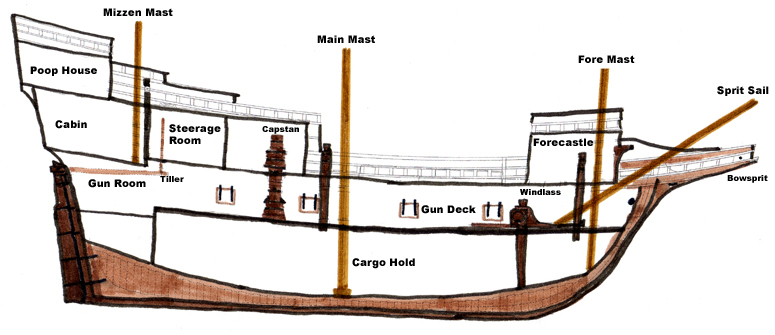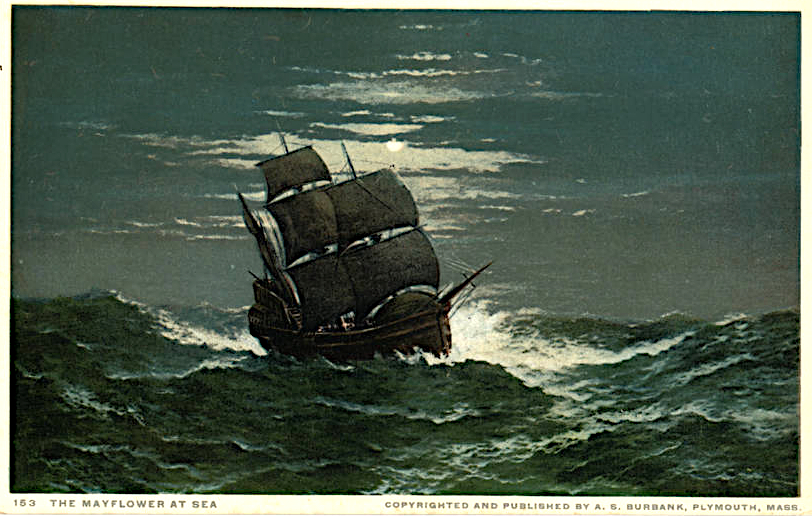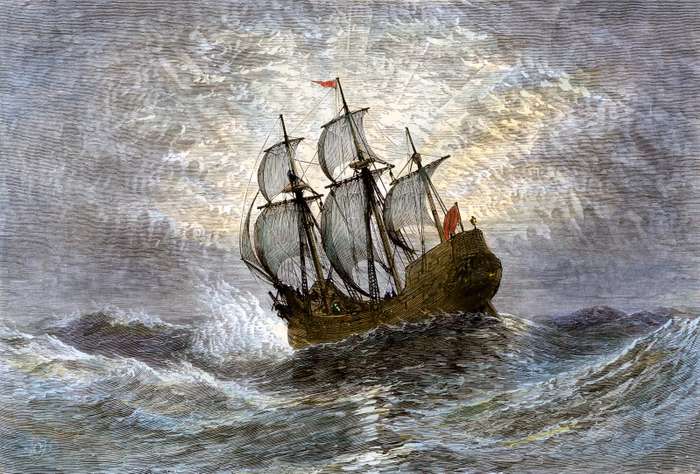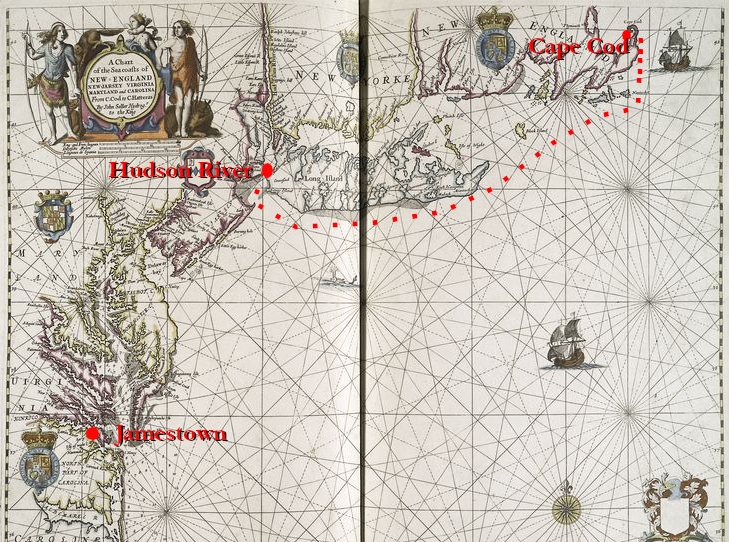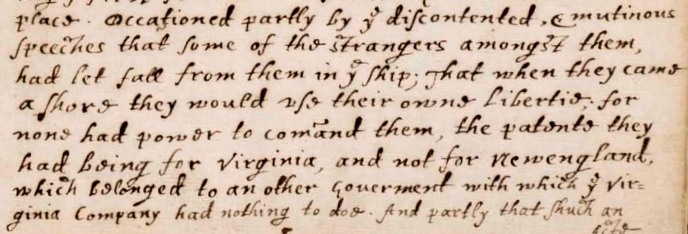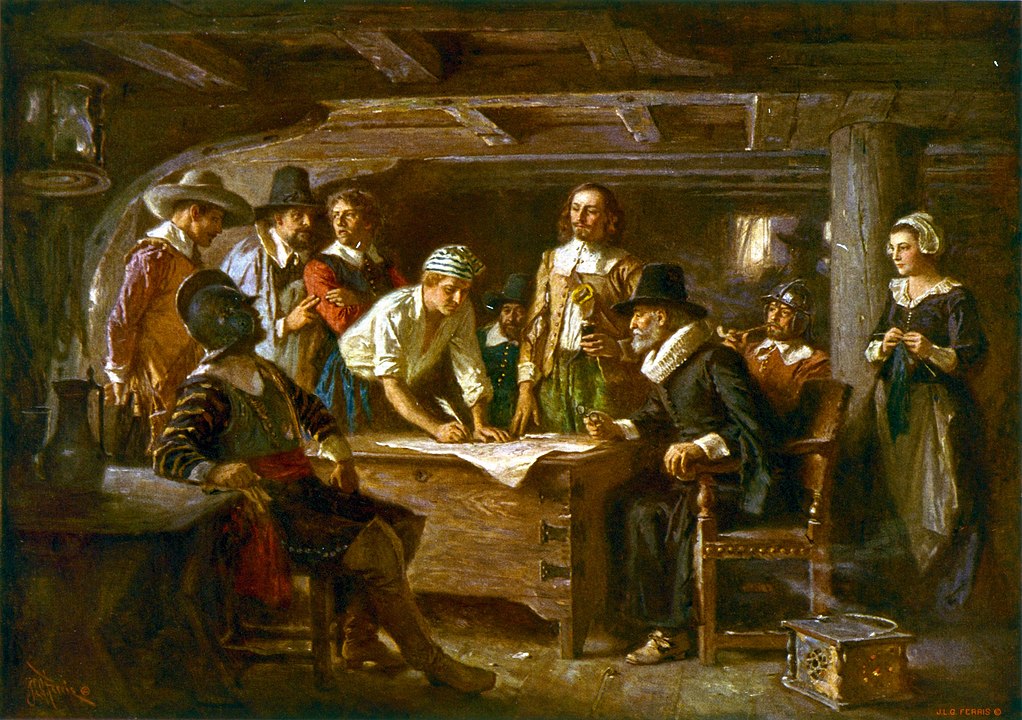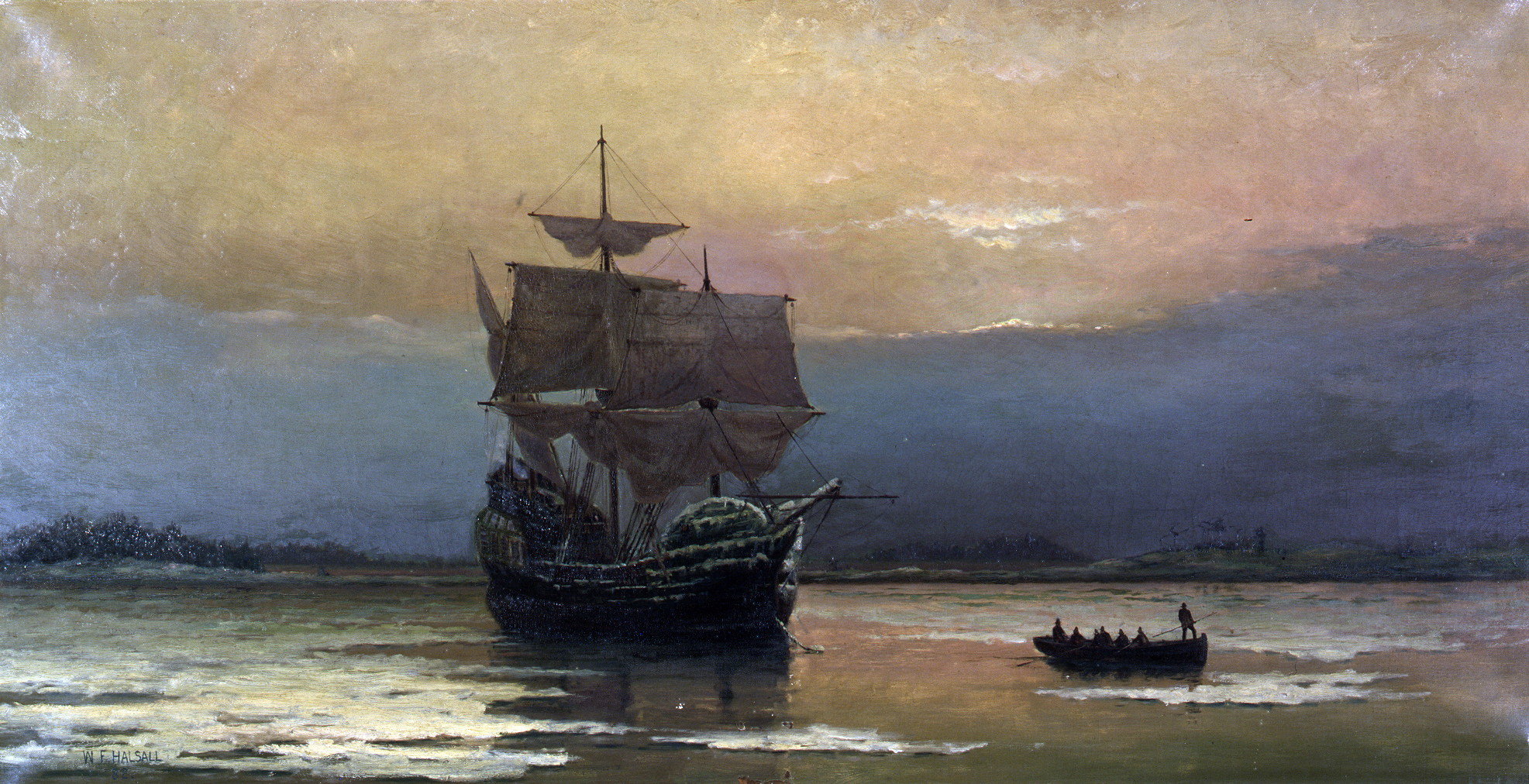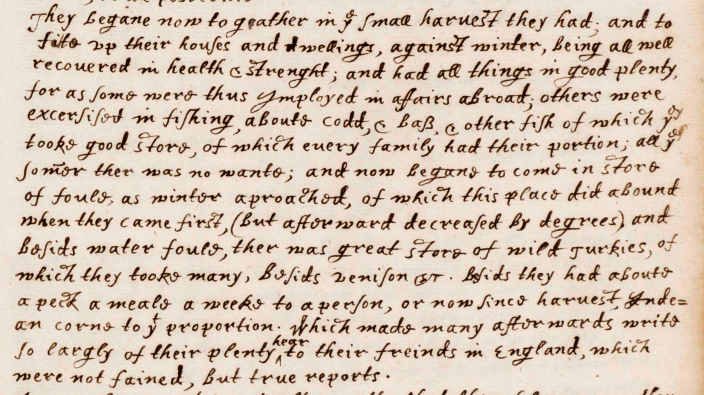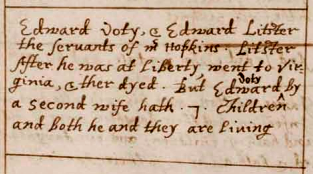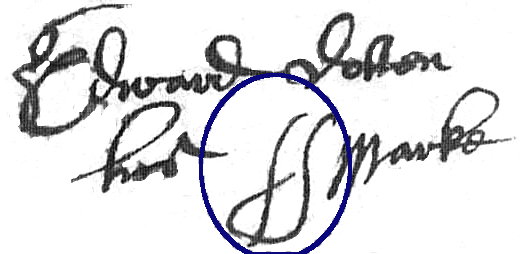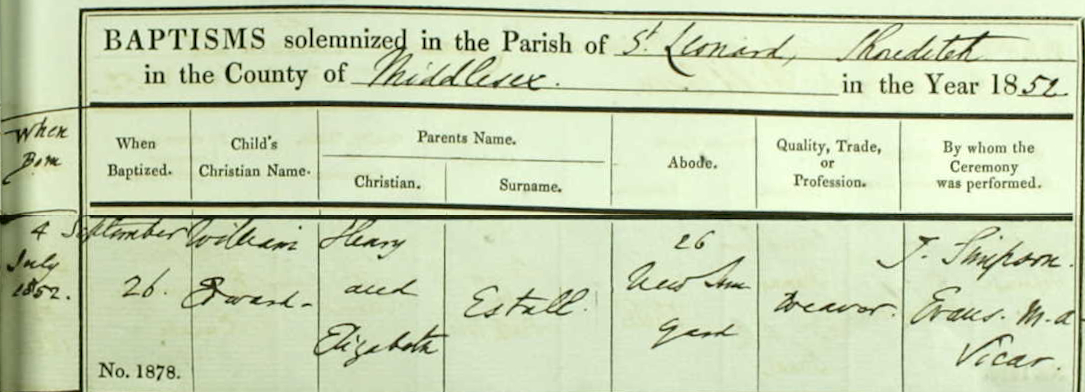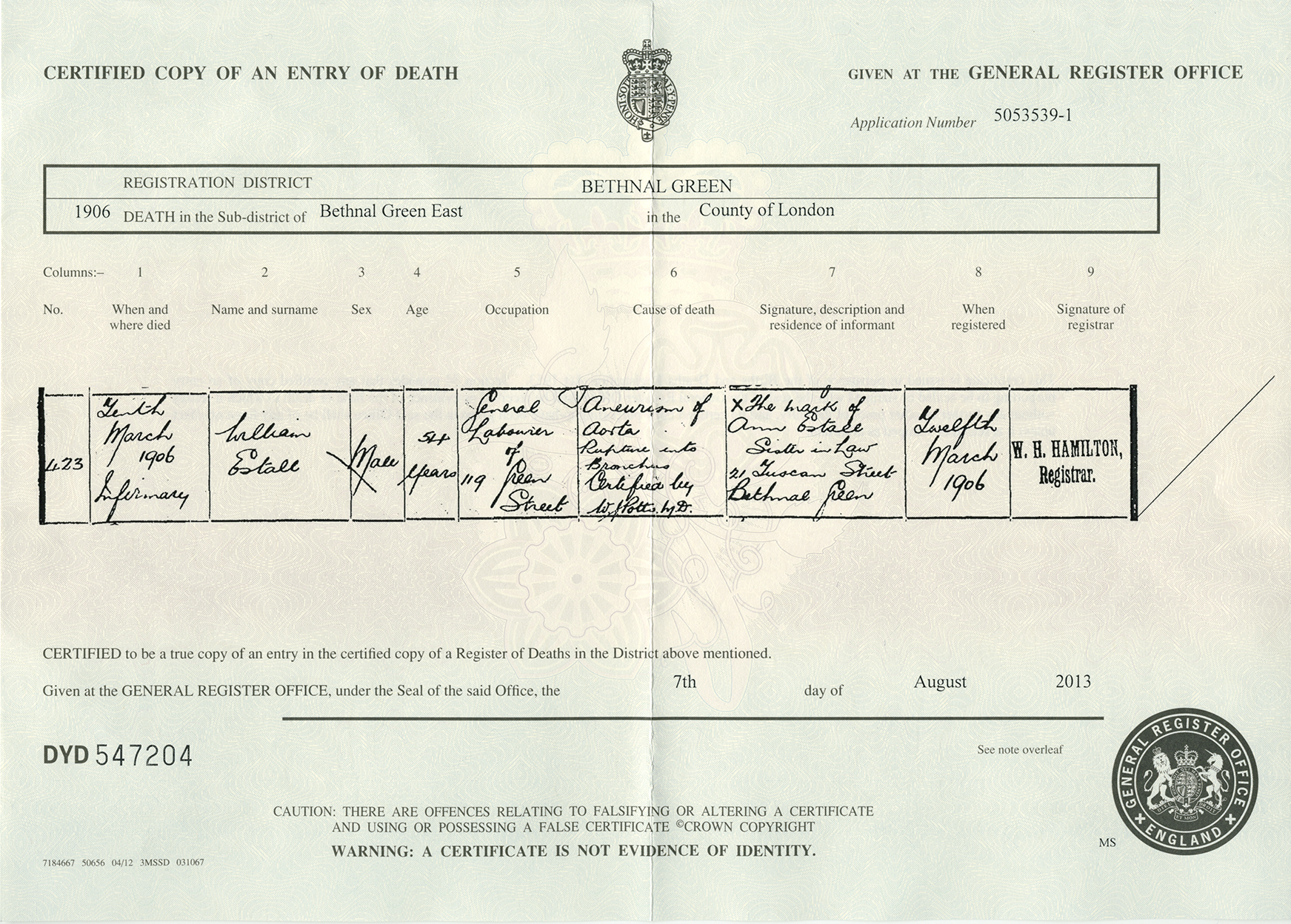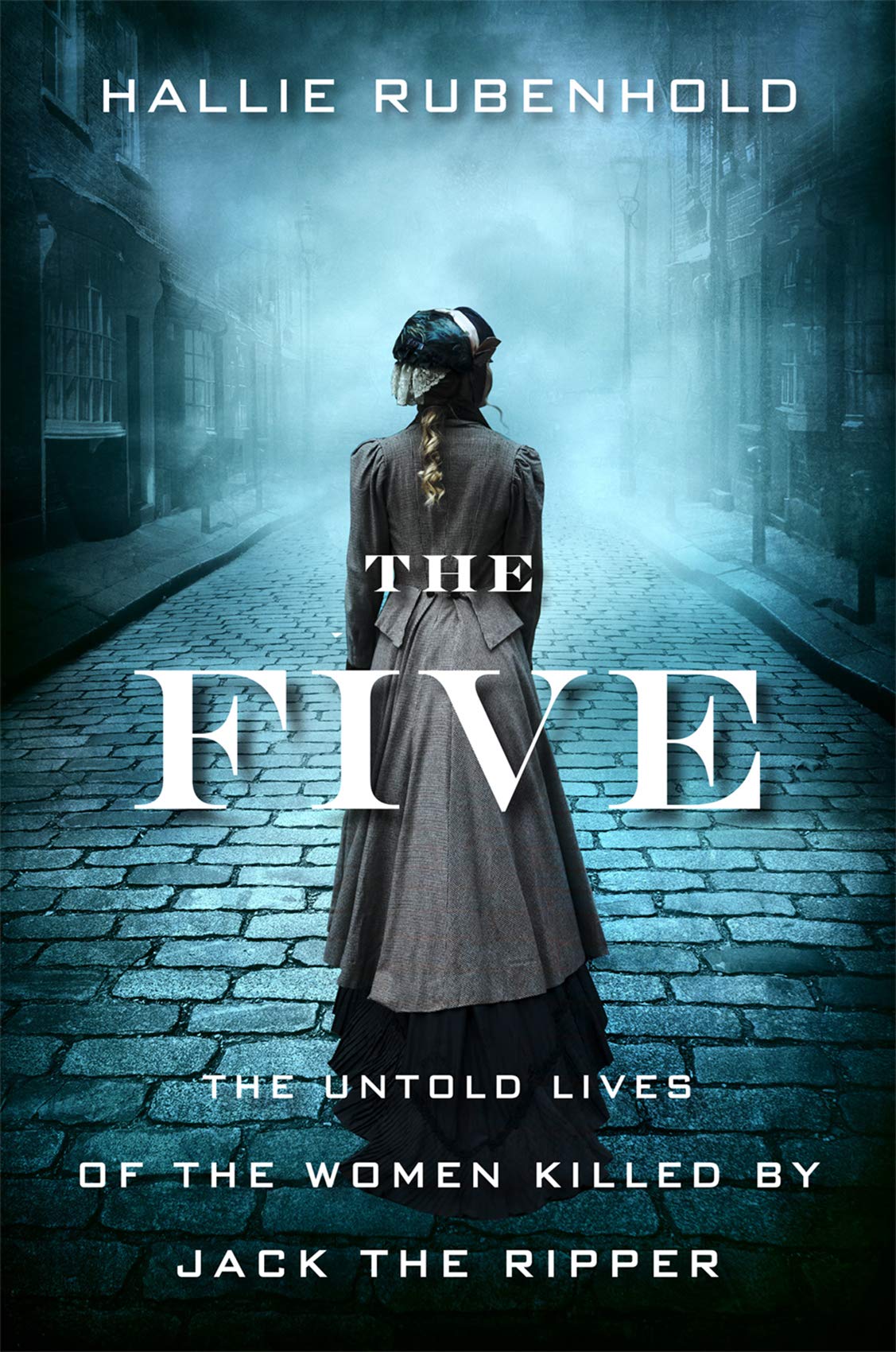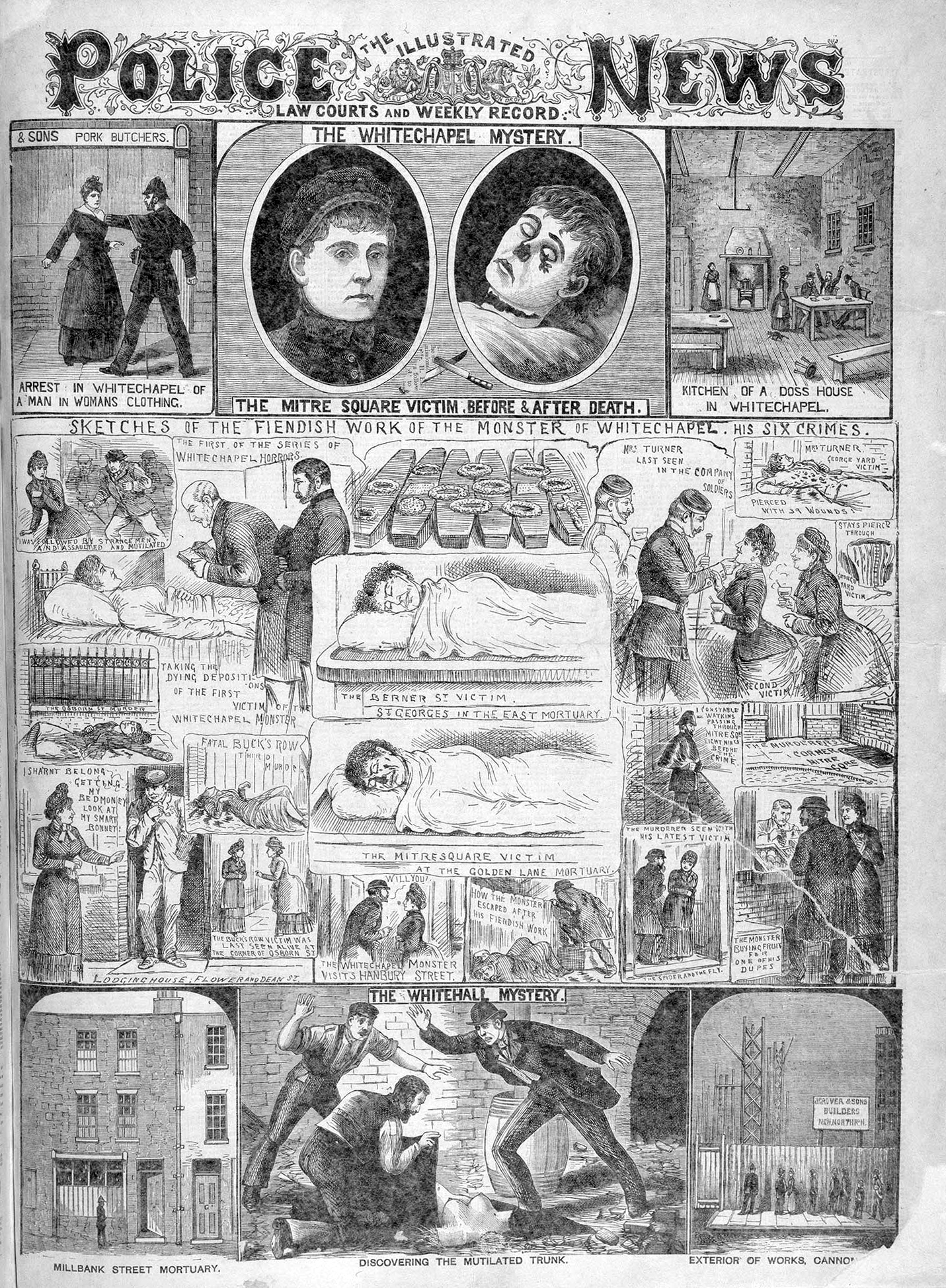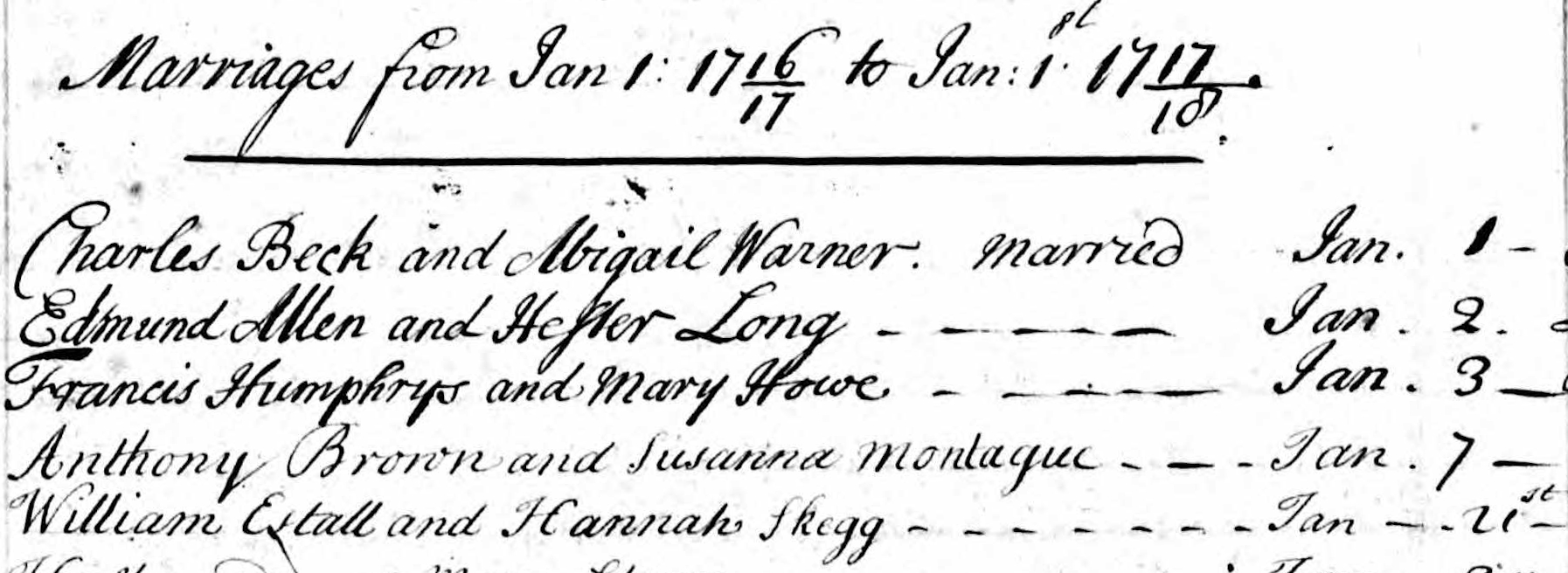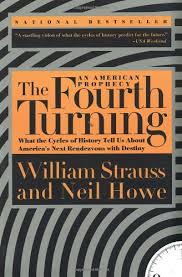In preparation for our trip to Germany to walk in the footsteps of our  ancestors, we reviewed the parish records of the Bavarian village of Röckingen, where our Schrotzberger ancestors hailed from.
ancestors, we reviewed the parish records of the Bavarian village of Röckingen, where our Schrotzberger ancestors hailed from.
The Schrotzberger clan appeared in the parish records from 1736 through the time when our great-great-grandfather left to pursue his career as a butcher in Hamburg in 1845.
 That was as far back as we could trace the family . . . until I noticed a comment in Karl Schrotzberger’s booklet History of Röckingen. He wrote about the effect of the Thirty Years’ War (1618-1648)*see note on the area, and mentioned that “the records and property of Lentersheim minister Andreas Schrotzberger (an ancestor of the author) also burned.”[1]
That was as far back as we could trace the family . . . until I noticed a comment in Karl Schrotzberger’s booklet History of Röckingen. He wrote about the effect of the Thirty Years’ War (1618-1648)*see note on the area, and mentioned that “the records and property of Lentersheim minister Andreas Schrotzberger (an ancestor of the author) also burned.”[1]
With those words, another door opened into the past. Based on Schrotzberger’s remark, I turned to the parish records from the neighboring village of Lentersheim. And sure enough, another three generations of Schrotzbergers popped up, extending the history of the clan as far back as 1613. For a genealogist, that’s as exciting as it would be for a miner to find a vein of ore and following it underground with pick axe in hand.
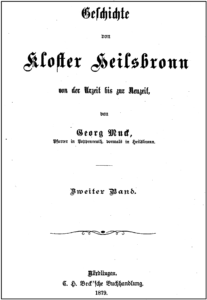 But there was more … the ore turned out to be gold. As we were digging around we found a book that gave an account of Pastor Schrotzberger’s experiences during the Thirty Years’ War that put flesh on the newly unearthed Schrotzberger bones.
But there was more … the ore turned out to be gold. As we were digging around we found a book that gave an account of Pastor Schrotzberger’s experiences during the Thirty Years’ War that put flesh on the newly unearthed Schrotzberger bones.
Here’s the enlightening, and somewhat amusing, story of the woebegone Pastor Andreas Schrotzberger and his experience during the war, as related in the Geschichte von Kloster Heilsbronn book:
During the Thirty Years’ War, Lentersheim, like neighboring Dambach, was severely afflicted, but not completely burnt down like this one. The then pastor Schrotzberger (since 1613 in Lentersheim) reported the following about the first major tribulations in late autumn 1631: “As soon as I read out the Gospel from the pulpit on Sunday, November 6th, 1631, everyone rushed out of the church expecting nothing else than what had happened to Dambach. One crawled here, the other there. Towards evening, after numerous warnings from the officials, I went to Wassertrüdingen.”
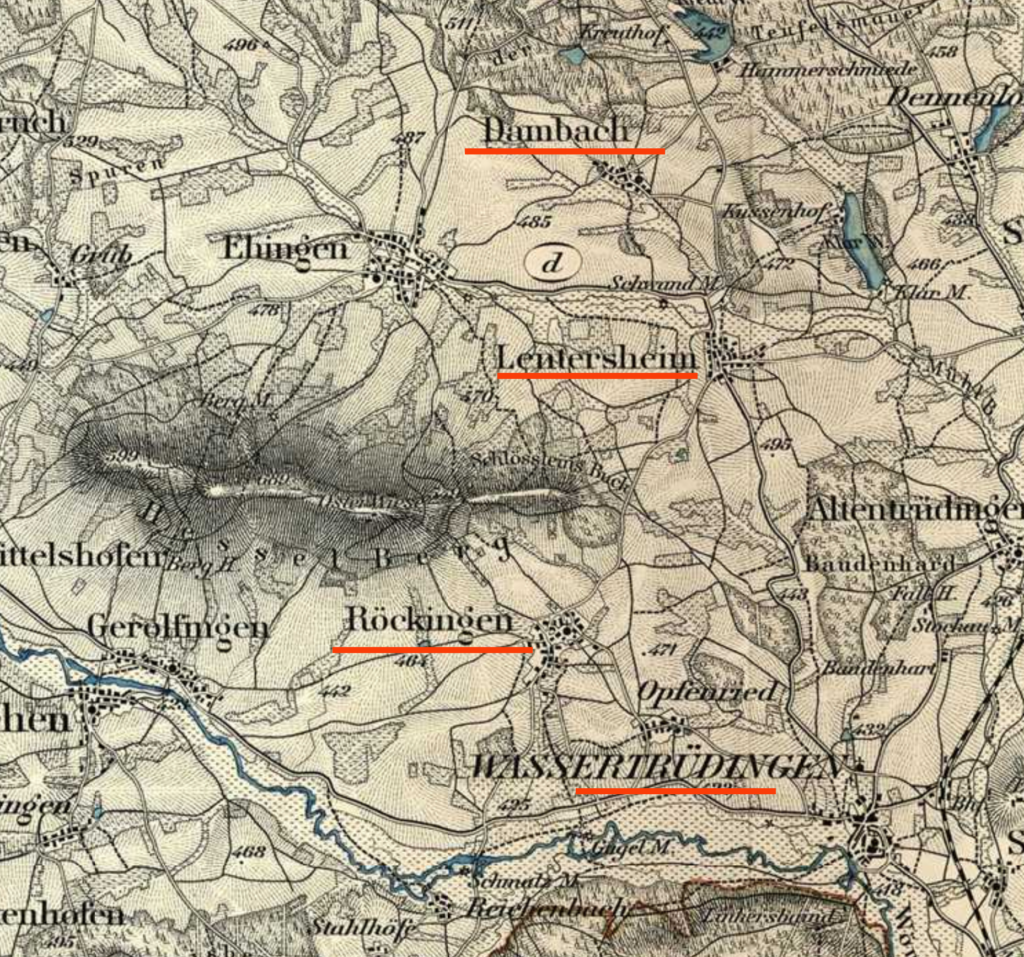
Schrotzberger fled with his wife and children without having seen an enemy. He stayed in Wassertrüdingen until the troops left. He reported what had happened during his absence and how he found it after his return:
“On November 9, Lentersheim fell into enemy hands for the first time. The well-kept church door was smashed open, the chests, of which there were more than 50, were chopped up and plundered ; but the sacristy remained unstormed for this time. The next day, when the enemy attacked Wassertrüdingen violently, but was driven off again by the grace of God, he turned straight to Lentersheim, vented his anger there, hewed and beat for two hours, opened the sacristy, and from it the great chalice, a silver sponsors, a small silver chalice together with sponsors, 6 pairs of wax candles, also my new surplice…
“Between November 9th and 23rd various roaming gangs invaded, foot soldiers, cavalrymen, soon both at the same time. Once five, another day ten, or even fifteen plunders were held in one day. On November 15, 1,000 soldiers lay here overnight; on the 16th, 2,500 cavalrymen, including a whole company in the vicarage. These cavalrymen kept 200 fires in the village all night, burning 200 new fences, 150 field sticks, 2 cords of wood, countless shafts, chairs, tables, chests, etc. When, on November 24th, I dared to turn again in the name of God to the church and housekeeping entrusted to me, I found such misery in my vicarage that I cannot describe it enough. The feathers from the newly made beds for my daughters lay rummaged about in the yard; house, barn, stable and other doors, windows, shutters, chests smashed, partly burned, the water cauldron gone, as well as 29 sheep, 25 chickens, the rooster, a capon, a pig, 20 geese, my church tunic, which was spun by my previous wife, the clothes of my 4 sons and 3 daughters, a chest full of all kinds of white stuff, knitted in all kinds of ways, drilled, diced, striped, which I’d bought or inherited, a few pieces of money buried under the kitchen container, a big sack full of flour, etc., everything torn apart. It is impossible to describe the confusion and displeasure I found in my bound books of sermons.
“That the foreign and public enemy did such a thing would still be tolerable. But one cannot get over the fact that the local secret enemy has done even greater damage and has thirstily committed his outrage and wantonness. Because every time after a looting, men and women of the village would break into the vicarage in broad daylight and carry away flax, linen and other things. What the riders leave behind, the neighbors have taken up. If I arrived to do a house search, they wouldn’t allow it. It is a great miracle that the house and both haystacks were not destroyed in the fire.”
Pastor and community appear here in an unfavorable light. Neither of them got better as a result of the tribulations of war and neither learned nor forgot anything. Even before the war, Schrotzberger complained about his congregation’s defrauding of tithes, refusal of turnips, cabbage, fruit, chickens, etc. He also sued his tithe holders immediately after the war. His successor Lemmerer characterized himself and his community in the same way as Schrotzberger did.
Most of the Lentersheim parish records had been taken to the rectory in Ehingen, where they went up in smoke with the house. Hence Lemmerer’s complaint about the loss of the register of tithes and the reduction in his income.
In the final years of the war, Lentersheim was not burned down by the Swedes, but was “very dilapidated”, especially the parsonage, for the repair of which, as well as for the maintenance of the pastor, the community refused any help, “since Heilsbronn owns everything.” [2]
We’ll be visiting the villages of Lentersheim (population about 400) and Röckingen (pop ~ 850) while we’re in Germany, and gaze at the houses where our families lived, and the churches they attended . . . and in Pastor Schrotzberger’s case, gave sermons which apparently went largely unheeded. As we roam the area we may feel the ghosts of ancestors past — a hair-raising experience, albeit not as scary as those of our good ancestral pastor’s.
* Note: The web site Britannica states, “The principal battlefield for all these intermittent conflicts was the towns and principalities of Germany, which suffered severely. During the Thirty Years’ War, many of the contending armies were mercenaries, many of whom could not collect their pay. This threw them on the countryside for their supplies, and thus began the “wolf-strategy” that typified this war. The armies of both sides plundered as they marched, leaving cities, towns, villages, and farms ravaged.”[3]
Footnotes:
[1] Karl Schrotzberger, Die Geschichte Röckingens und seiner Umgebung: The History of Röckingen and Its Environs (Röckingen: Karl Schrotzberger, 1975), p 5.
[2] Georg Muck, Geschichte von Kloster Heilsbronn (Germany: C.H. Beck’sche Buchhandlung, 1879), pp 513-518.
[3] Britannica, “Thirty Years’ War,” https://www.britannica.com/event/Thirty-Years-War.
